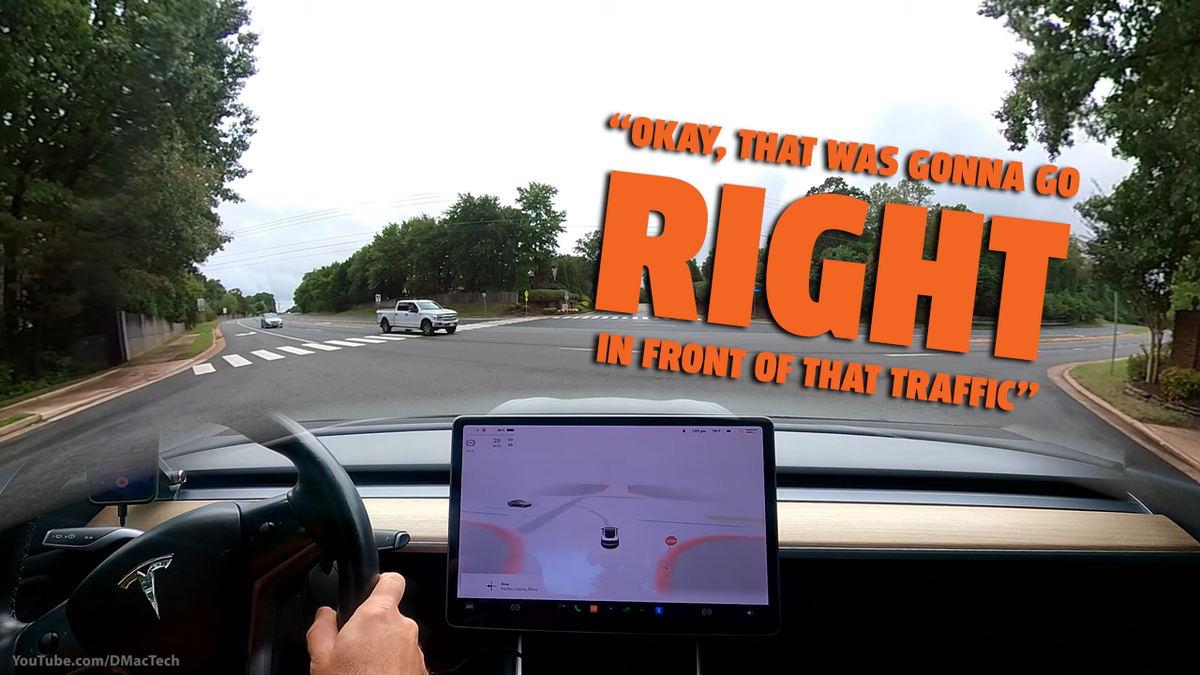but I would think this resulted in bad perception causing the planner to act on bad information.
I mean, sure, there might transiently be bad results in perception due to occlusion, but seems like it's easy enough to construct the scene. It's not like the scene is changing all the time.
And I agree with your points about refinement to their perception and how to handle stopped vehicles (that seems harder than vehicles that are moving quickly - which it also screws up).
As I said, there are probably examples with actual bad perception but there are tons and tons of just straight bad decisions (often, but not always, involving a lead vehicle). I agree that a lead vehicle might lead to different perception confidence about the scene directly ahead, and a resultant change in the path planner, but to me that doesn't seem like a problem with perception. It's fine if the vehicle can't see something, as long as it's seen it before, and knows that it needs to be in the rightmost lane (which it usually has an excellent handle on). The planner can keep track of that stuff in its memory. Who cares if the car can't see in front of the vehicle ahead? Planner should just stay in the right lane.
I'm assuming that FSD at SOME level is using maps and needs to know that it needs to be turning right, and for that it needs to be in the rightmost lane. So it's just bad planning to change lanes in most circumstances especially if there is not time to pass traffic and get back in the correct lane.
Anyway in the above case it seems like it was fine to change lanes; can get in front of all those vehicles and then cut in at the last minute. Ha. (I haven't gone to look at the Google Maps to see if that's legal here.).
Here's an example from me, what perception explanation is there for this?
- If I (and most Tesla owners) had been driving I would have been going 50mph in 3 seconds (after making sure the intersection was clear with nobody running lights!), and I would have made the next light, to be clear. This was an awful performance. If I hadn't been deliberately letting FSD do its thing, I would have floored it. Its lack of assertiveness just got itself in trouble here and made driving much more difficult. No one wants to be behind a pickup with a ladder, apparently including FSD. But it never would have been successful with this approach.




